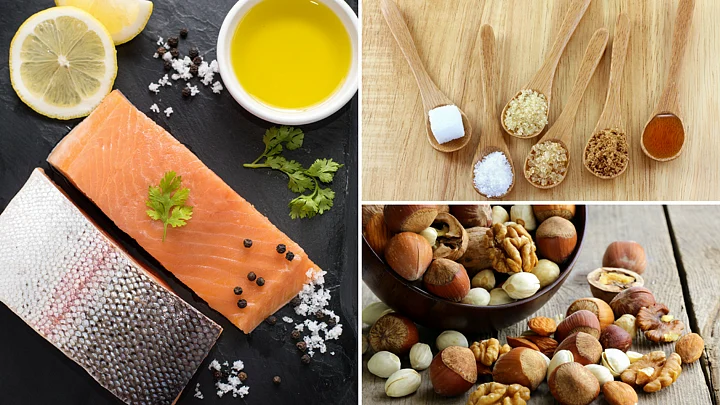CALORIES! That dratted, dreaded word.
Every bite, every morsel of food we consume has calories.
Many have resigned themselves to choosing the less tasty food because it is lower in calories – even if it didn’t sound appealing.
But what we forget is that calories are a measure of energy NOT the nutrition quotient of the food – which means, a meal may be low in calories and still be unhealthy, while a meal may have a higher calorific value and be the better option.
Confused? Let’s decode.
Fact: Calories are a measure of the amount of energy we get from a food item. An average adult needs 2000Kcals/day to 1800Kcals/day depending on the activity level. Carbohydrates provide 4Kcal/gm, Fats 9Kcal/gm and Proteins 4Kcal/gm. This food energy helps our body stay alive, function normally, and stay healthy.
The key then is to choose foods that provide nutrition and not just calories.
The Good Ones...
Carbohydrates can be simple sugars like corn syrup or sugar – or complex, containing starch. Another kind of carb, fibre – adds to the satiety of a meal in addition to improving digestive health
Choose foods with complex carbs and fibre such as brown and red rice, whole wheat, bajra and ragi, whole dals, lentils and whole fruits. Root vegetables have more carbs (despite being the complex variety) as compared to greens. Foods with complex carbs are full of vitamins, minerals and fibre providing more nutritive value per calories.
Proteins provide amino acids which work as building blocks for our tissues. Proteins in our food come from animal sources like meat, fish, poultry, milk, yogurt and plant sources – dals, soy, and legumes. Choose lean meats, fish, low fat milk, whole dals and legumes, keeping the calorific value of meals in check.
The ‘Fatty’ Ones...
Fatty calories are present in almost all the food ingredients. Fats are essential for our body, seeing as they maintain our cell membranes and help absorb Vitamins A, K, E and D. The trick is to eat the right ones in the correct quantities.
Choose peanuts, rice bran, sunflower and olive oils in combination with mustard oil and sesame oil for daily cooking. 4-5 teaspoons /day is adequate for an Indian adult. Almonds and walnuts are great for healthy monounsaturated and Omega -3 fats. Try a nut butter instead of the regular one.
The ones to avoid are the pre mixes, namkeen, and the ready to eat, deep fried snacks containing partially hydrogenated fats.
The Useless Ones...
These are totally avoidable. They give you nothing except CALORIES, no vitamins, proteins or minerals – only simple carbs and fats.
Choose to not choose those sugary, syrup-based concoctions, the flavoured sodas, chips, crackers, French fries, maida breads and biscuits. (Sigh! Such is life.) Table sugar is empty calories but then, we can choose how much of it to use. Stick to less than 4-6 tsp of sugar/day which includes honey.
Let’s make it easier:

